Jupiter Tree: [Cultivation, Irrigation, Care, Pests and Diseases]
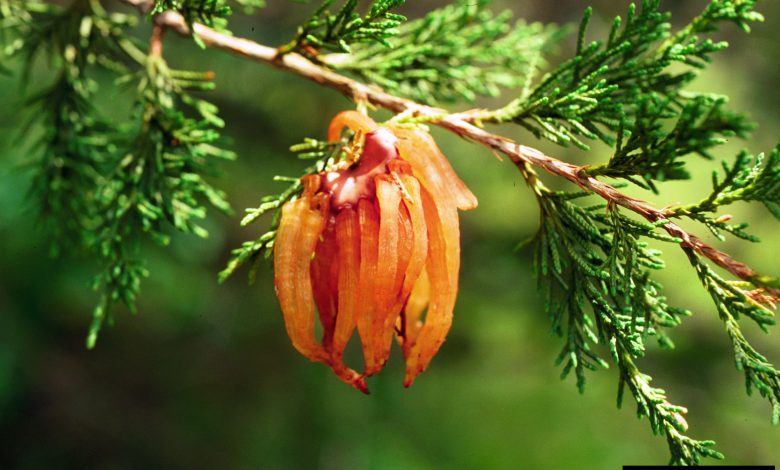
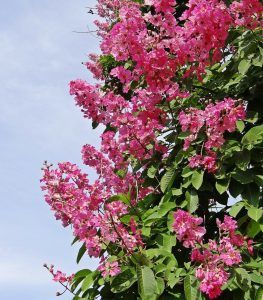 The Jupiter tree is a species native to China, Korea and Japan, which is also cultivated in subtropical regions and in the Mediterranean basin.
The Jupiter tree is a species native to China, Korea and Japan, which is also cultivated in subtropical regions and in the Mediterranean basin.
This tree was highly favored by the Tang dynasty, China’s second largest empire (618-907 AD).
At that time it was known as «monkey tree» since its trunk was too smooth for monkeys to climb it.
Today it is used as an ornamental tree as well as in folk medicine.
Important points when planting a Jupiter tree:
- Scientific name: Lagerstroemia indica L.
- Common name: Jupiter tree, lilo de guinea, queen of flowers, stromelia, crepe, strononica.
- Height: 6 meters.
- Light requirement: Direct light and partial shade.
- Temperature: Warm and temperate climates.
- Irrigation: Regular and moderate.
- Fertilizer: Avoid fertilizers rich in nitrogen.
What characteristics does the tree of Jupiter have?
Lagerstroemia indica L. is a small, deciduous tree with a rounded crown. It can reach a height of 10 meters and the diameter of its crown between 1 and 2 meters. Its bark is smooth and can have different colors such as ocher, pink or brown.
Its leaves, which can measure from 2 to 6 centimeters, are bright dark green, simple, alternate and elliptical in shape. The upper end of the leaf (apex) changes color to a yellowish tone with reddish or purple tints.

The flowers of the Jupiter tree can have different colors: pink, red, lilac, white or purple. All of them have 6 curly petals and multiple stamens. They reach 2 to 4 centimeters in diameter and are grouped in large branched clusters.
Its flowering time is during spring and summer. The fruit of this tree is a small capsule that opens spontaneously and releases its seeds. Its roots are lateral and non-invasive. It is a tree of rapid growth and medium longevity.
When to plant the tree of Jupiter?
It is recommended to sow it in late winter or early spring. If grown by cuttings, it should be done in early summer.
Where to plant the Jupiter tree?
The Jupiter tree does very well in tropical climates. It flourishes in areas with hot summers and mild winters where it can receive direct sunlight, or semi-shade, in places sheltered from strong gusts of wind.
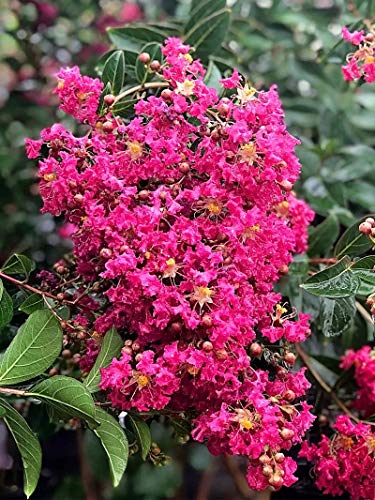
In cold areas it is recommended to plant it in a sunny location near a south-facing wall. In many cases it does not flower in cold climates.
How to prepare the land?
The Jupiter tree is an undemanding species in terms of the type of soil where it is going to be planted. It can be sown in sandy soils with organic matter, moist, but well drained and with a neutral or slightly acidic pH.
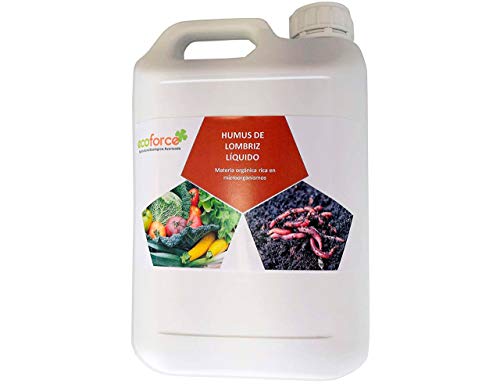
It is possible to stimulate root development by nourishing the substrate with a mixture of organic material: garden compost, rotted leaves, manure, or peat moss. However, under these conditions the tree produces more healthy leaves, but fewer flowers.

How do we water the Jupiter tree?
The Jupiter tree requires constant moisture during its first two years of life. As it matures, the frequency of irrigation decreases and it should be supplied with water only when the substrate is dry.
It is important to monitor the humidity of the soil during dry seasons, since the tree can lose all its leaves if it does not have enough. It should be watered frequently during spring and summer.
How often do we water the Jupiter tree?
To know when to water the Jupiter tree, it is enough to check the humidity of the soil. For this you can dig to a depth of 30 to 60 centimeters.

If the soil is dry, then moderate watering will be needed from spring to fall and less in winter.
How to plant a Jupiter tree step by step?
Seed germination is often complicated and irregular as hybrid varieties of the Jupiter tree produce poorly viable seeds. For this reason it is preferable to grow it by cuttings.
by seeds
- Pour the seeds of the Jupiter tree into a container of hot water and let them rest for 24 to 48 hours.
- Distribute the seeds in small containers, covering them thinly with a substrate made up of humus, sand, powdered coconut fiber and vermiculite.
- Cover the container with transparent plastic.
- Refrigerate for 2 months at a temperature of 4ºC waiting for them to germinate. This process can take months.
- Once germinated, remove the seeds to a very bright place, out of direct sunlight, at temperatures between 20 and 25 ºC.
- Moisten regularly until the seedling grows and can be transplanted.
By woody cutting
- Branches of the tree of Jupiter are cut, which should be about 20 centimeters long. The base cut should be made straight below a node and the top cut should be made at an angle, 2.5 centimeters above another node on the branch.
- Remove the lower leaves or shoots and keep 2 or 3 pairs in the upper part to reduce perspiration from the branch.
- Impregnate the base of the cuttings with liquid rooting hormones at a height of 2 or 3 centimeters.
- Plant the cuttings by the side of the base in containers with a substrate of sand with peat, or in the ground. Keep in mind that the part of the base impregnated with the rooting hormones must be nailed.
What care does the Jupiter tree need?
The Jupiter tree is a species that does not need much care, but pruning can be beneficial. This can be done in early fall to promote flower growth next spring.

On the other hand, it is important to avoid transplants. If they are carried out, the substrate must be reinforced with mulch rich in humus (70%) and coarse sand or similar (30%).
What pests and diseases affect the Jupiter tree?
The Jupiter tree is frequently attacked by sucking insects, for this reason it is recommended to carry out preventive disinfection with insecticides during the spring.
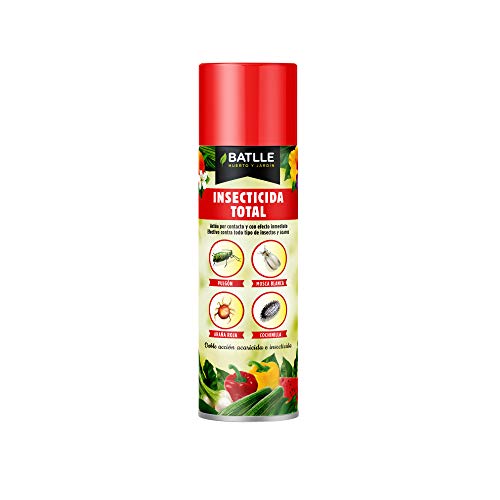
It is also affected by: Powdery mildew (Erysiphe lagerstroemiae), hazel powdery mildew (Phyllactinia corilea), Cercospora, aphids and mealybugs.
How long does the jupiter tree live?
It can live up to 60 years when it is in the best conditions. However, the most usual is that it tends to live between 40 and 50 years.
How long does it take for the jupiter tree to grow?
It takes an average of 10 years to reach the greatest height and full development of its crown.
How long does it take to produce fruit?
It is capable of generating its first flowers around 5 years after sowing, although at that time it will not reach its full potential.
Can it be grown in a pot?
No problem. It is a species that can be worked in a pot, controlling its size through pruning.
Another option is to work with the dwarf version of the jupiter tree or use it as a bonsai to enjoy its beautiful miniature bloom.
How many times does the jupiter tree produce fruit?
Produces fruit once a year.
Should the jupiter tree be pollinated to get fruit?
It is a tree that needs insect pollination, which is not a problem because its flowers are attractive enough for them.
How cold can the jupiter tree tolerate?
It is very cold hardy and can even tolerate frost.
There are records of jupiter trees that have exceeded temperatures of -15° C in a dormant phase.
How many jupiter trees can be planted per hectare?
More or less 100 specimens per hectare are recommended due to the dimensions it reaches.
What kind of fertilizer does the jupiter tree need?
To enhance the flowering of the jupiter tree, which is the main objective, it is advisable to use a specific fertilizer for flowering plants.
Apply it during spring and summer.
How much heat and/or drought can the jupiter tree tolerate?
It prefers warm climates, but not necessarily full sun. Withstands heat up to 38° C.
It is drought tolerant after it is well established. Before that, it is essential to promote an appropriate irrigation frequency.
References
- https://www.conaf.cl/cms/editorweb/institucional/Arboles_urbanos_de_Chile-2da_edicion.pdf
- https://www.ecured.cu/Crespon
- http://www.munistgo.info/medio_ambiente/biblioteca_digital/Reproduccion_de_Plantas.pdf
- http://data.sedema.cdmx.gob.mx/sedema/images/archivos/temas-ambientales/reforestation-urbana/catalogo-yecapixtla-2016.pdf
- http://www.rjb.csic.es/jardinbotanico/ficheros/documentos/pdf/pubinv/MSG/Lagerstroemia_indica.pdf
- https://pcientificas.ujat.mx/index.php/pcientificas/catalog/download/95/84/333-1?inline=1
- http://manualesdecultivo.blogspot.com/2016/01/lagerstroemia-indica-crespon-arbol-de.html
- https://www.thetreecenter.com/crape-myrtle-varieties-and-guide/
- https://www.gardenista.com/posts/gardening-101-crape-myrtle/

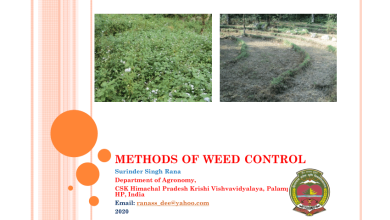
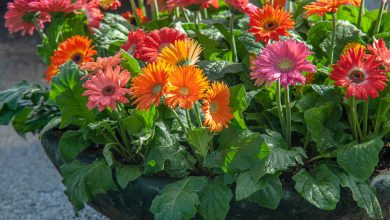
![Photo of Wax Flower Care: [Soil, Humidity and Pruning]](https://www.complete-gardening.com/wp-content/uploads/2022/08/wax-flower-care-soil-humidity-and-pruning-390x220.jpg)
